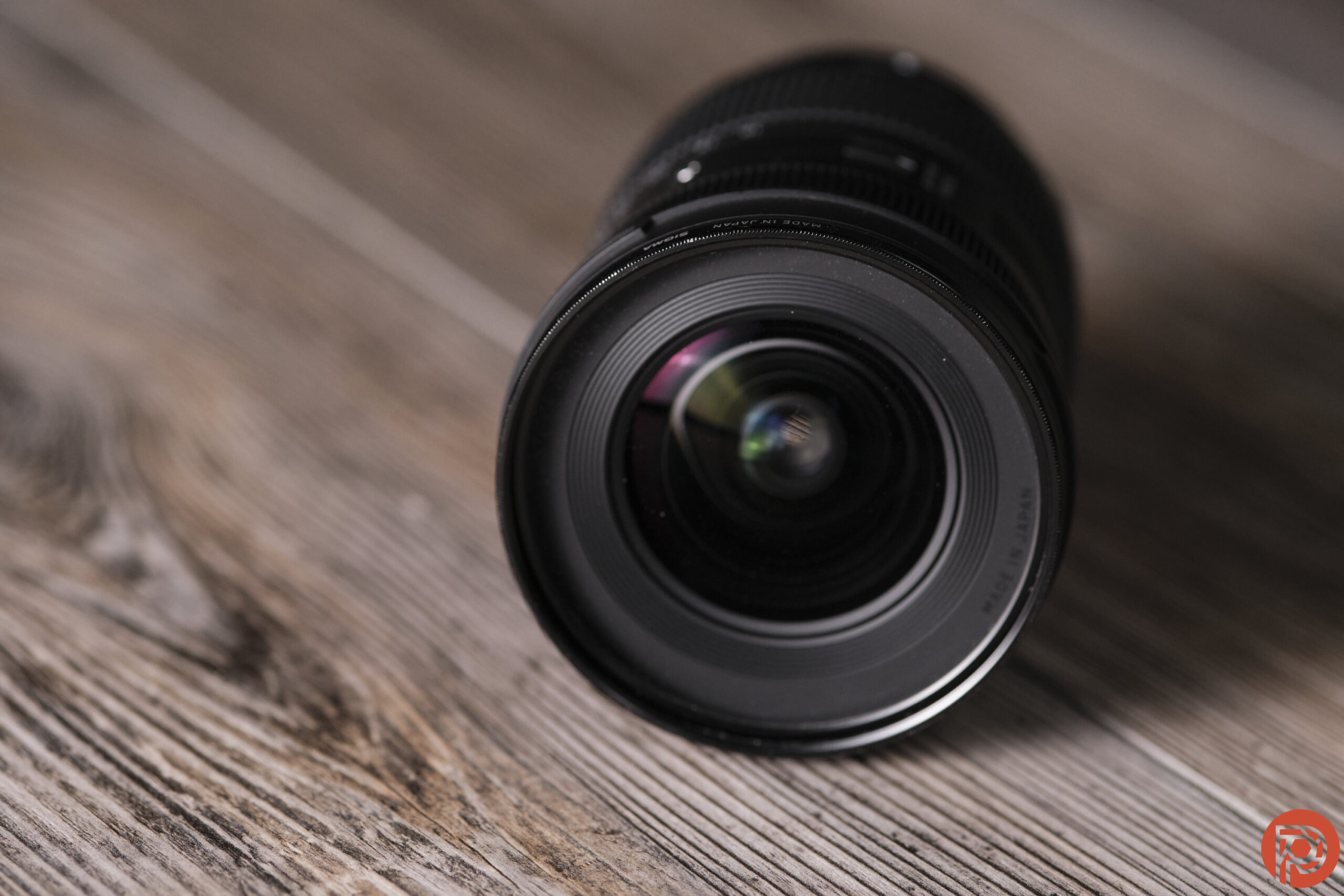Zooms can be wide, bright, or lightweight — but rarely all three. That’s the lure behind the Sigma 16-28mm f2.8 DG DN Contemporary, a wide aperture ultra-wide that doesn’t add more than a pound to a camera bag. Has Sigma managed to design the trifecta of ultra-wide zooms? Or, is the downside written right there in the name as 16-28mm when most reach more as 16-35mm?
With an $899 list price, the Sigma 16-28mm f2.8 is a tempting choice for E-Mount and L-mount photographers looking for a wide, bright zoom. The lens slots perfectly with Sigma’s 28-70mm f2.8 Contemporary. But, as is often the case with more budget-friendly lenses, there are a few cut corners.
Table of Contents
The Big Picture
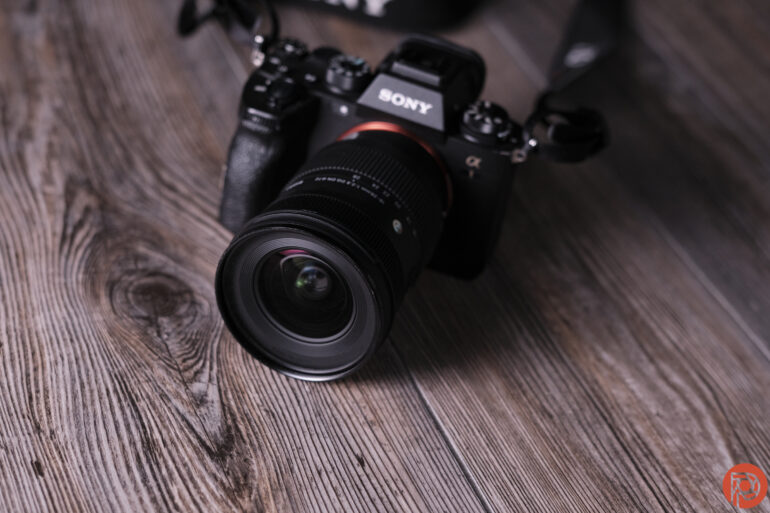
Photographers looking for a lightweight and affordable ultra-wide, take note. The Sigma 16-28mm f2.8 DG DN is less than half the cost of the Sony 16-35mm f2.8 GM, and it’s still less than the Sony 16-35mm f4 and Panasonic S Pro 16-35mm f4. While the third-party lens is easier on the budget, the lens mixes solid sharpness with whimsical wide-angle character and realistic colors. As an ultra-wide, the focus keeps up with fast subjects.
However, this lens and the pricier ultra-wides have a few key differences. Sony’s most comparable lens does a bit better at reducing barrel distortion and keeping lines straight. But that also means Sigma’s feels a bit more whimsical. That leaves one big downside: the weather-sealing is only at the mount. While the lens withstood mist, over long-term use, the lack of sealing throughout could lead to more dust build-up.

I’m giving the Sigma 16-28mm f2.8 DG DN Contemporary four out of five stars. Want one? Check it out on Amazon.
Pros
- Lightweight
- Compact
- Simple design
- Autofocus is plenty usable
- Whimsical character
- Realistic colors
- More affordable than competing lenses
Cons
- Weather sealing is only at the mount
- Some noticeable barrel distortion at 16mm
- Comparable lenses reach farther, out to 35mm
Gear Used
I tested the Sigma 16-28mm f2.8 DG DN Contemporary with the Sony a1. The lens and camera body was a loan generously provided by LensRentals.
Innovations
Sigma markets the 16-28mm as a travel-friendly wide-angle with a compact body. That’s certainly true as an f2.8 ultra-wide. But, the existing lenses for the E-Mount and L-Mount don’t align perfectly. The Sony 16-35mm f2.8 GM is half a pound heavier and almost an inch longer — but how much is from having the extra 7mm on the long end? Similarly, L-mount shooters also have the Panasonic 16-35mm f4 S Pro, which is slightly heavier but more compact. Yet, again, comparing an f4 to an f2.8 lens is an apples-to-oranges symmetry.
Ergonomics
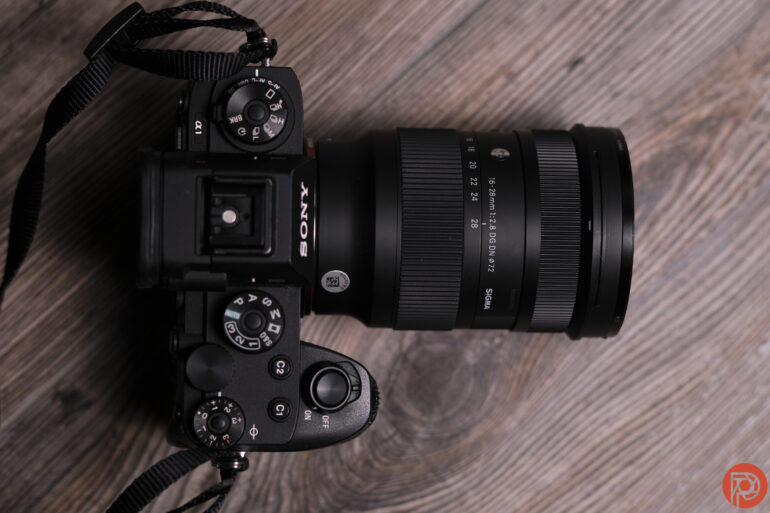
Ultra-wide, ultra-bright zoom lenses tend to be pretty sizable. But the Sigma 16-28mm f2.8 weighs under a pound and is about four inches long. The front accepts 72mm filters. The lens overall feels a little narrower than a typical f2.8 ultra-wide.
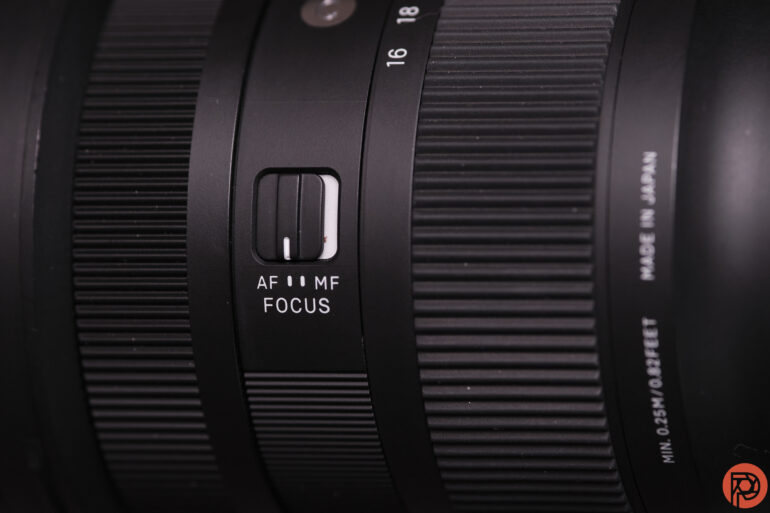
The Sigma 16-28mm f2.8 DG DN has a design that’s either refreshingly minimalist or sadly plain, depending on how you look at it. It’s a tube that widens slightly from the mount that houses a zoom ring, AF-MF switch, and focus ring. The front has a wide plastic edge before getting to the glass optics.
While the lens design is simple, it uses an internal zoom, keeping the lens length the same throughout the zoom range.
Build Quality
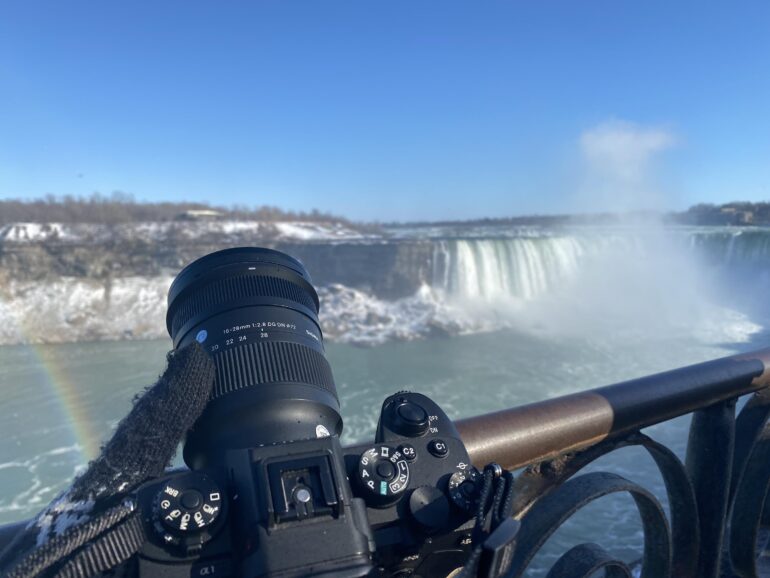
Knowing that Sigma’s weather-sealing exists only around the mount, I was nervous testing this lens at Niagara Falls. A slight shift in the wind and a once dry lens is suddenly covered in freezing mist. However, the lens came out of the mist fully functional.
Sealing at the mount helps keep the electronics from frying. But that mount-only sealing isn’t ideal for preventing dust from building up inside the lens over time. A lens that is only partially weather-sealed will be more susceptible to the slow build-up of dust that can lead to small spots on the photographs themselves. And the dust that escapes through the mount is arguably the easiest to clean, while dust that claws its way through the rest of the lens might not be reachable with a simple lens brush.
Focusing

With fast action, the Sigma 16-28mm f2.8 kept up reasonably well. When photographing my dog playing using animal eye AF, there were only a handful of misses with plenty of keepers. There was only one series where I knew as I shot the images that the autofocus didn’t lock on fast enough.
The lens can focus as close as .8 feet from the front of the lens. That doesn’t push it into the quirky realm of ultra-wide macros at a 1:5.6. But those closer subjects with the wide angle distortion can still lend some whimsy.
Ease of Use
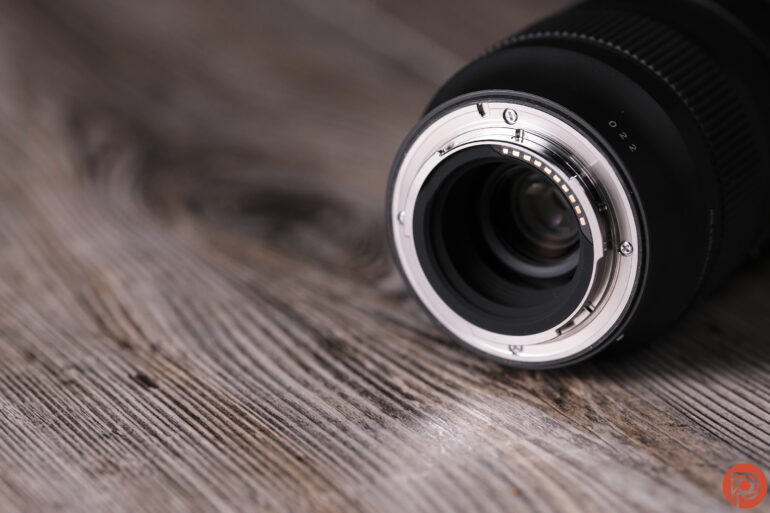
This lens’ simplistic design makes it an easy option to learn with. Just mount, zoom, and shoot. The AF-MF switch and manual focus switch is there if you need it. More advanced shooters may lament the lack of a focal distance scale, though there is one on the viewfinder when using manual focus.
The lens also lacks stabilization. It’s unnecessary for an ultra-wide, but it can help when attempting a handheld long exposure. With careful handholding and the in-body stabilization on the a1, I could take shots as slow as a half second.
Image Quality
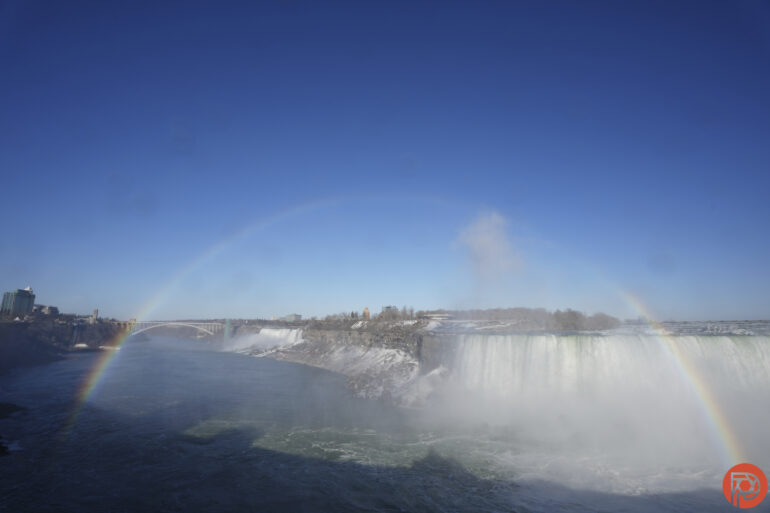
The Sigma 16-28mm f2.8 DG DN Contemporary blends modern sharpness with just enough ultra-wide character. The balance between technical savvy and character is delicate, which likely means some photographers will love this lens and others won’t. The Sigma has plenty of sharpness and neutral colors, yet the barrel distortion adds that whimsical feel to an ultra-wide.
Bokeh

Ultra-wides aren’t known for background-banishing bokeh powers, but the f2.8 helps a bit. The backgrounds don’t melt away as quickly as with longer focal lengths. There’s still some background separation to be had, though.
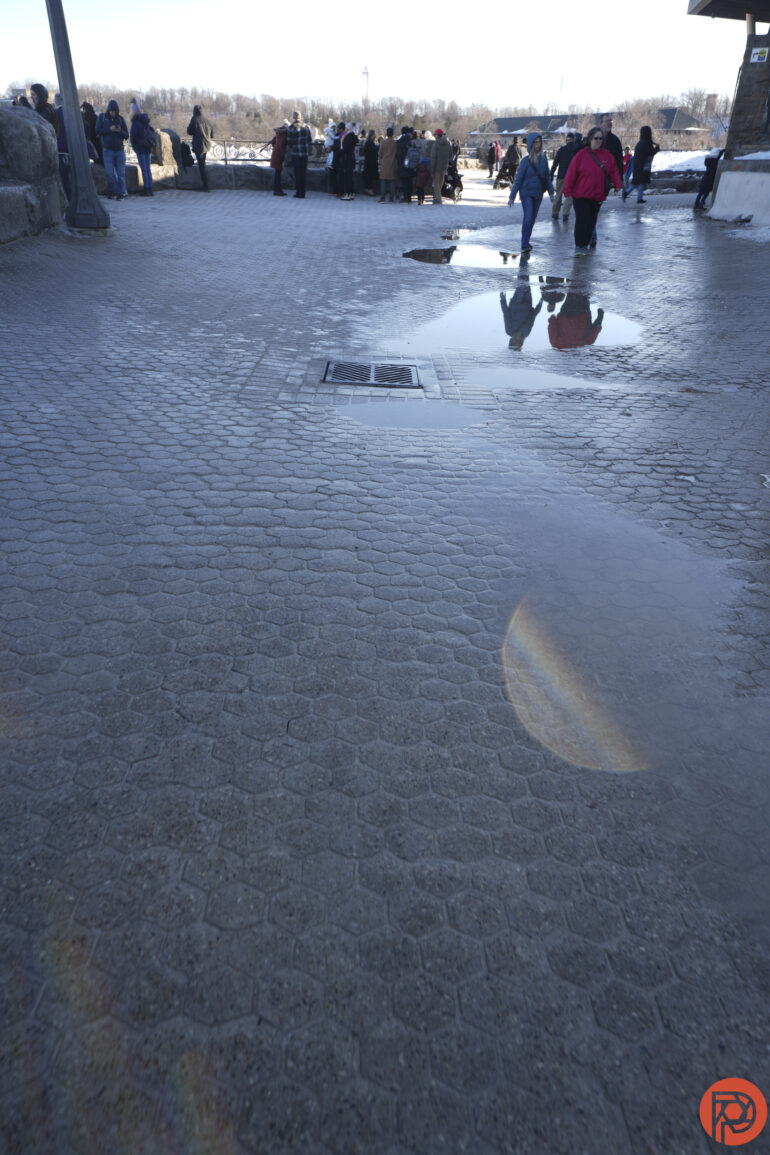
Points of light blur into round bokeh balls at f2.8. I didn’t spot any onion ringing or soap bubbling. Bokeh balls at narrower apertures might take on a less round shape because of the nine-blade aperture.
Color Rendition
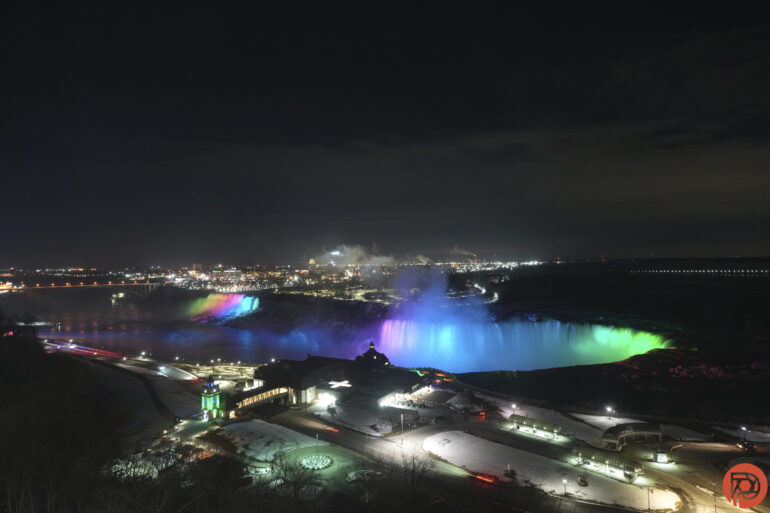
Sigma lenses sometimes tend to over-exaggerate the colors, but I didn’t find that to be true with the 16-28mm f2.8 Contemporary. The colors felt more neutral and faithful to the scene, without extra saturation. I also didn’t spot distracting colored fringing or chromatic aberration.
Lens Character

The Sigma 16-28mm f2.8 has just enough whimsy not to be boring. At 16mm, there’s some slight but noticeable line distortion. That’s exaggerated the closer the subject is to the lens, so super-wide landscapes have only a slight bend to them. If you look closely, however, you can see a bit of bend to the buildings on the photograph’s edge. A close-up pet portrait has an unmistakable ultra-wide feel and wide-angle distortion. Without the longer 35mm on the end of the lens, it is a little harder to get away from the distortion simply by zooming.
There’s plenty of classic wide-angle character, but markedly less so in terms of lens flare. Point the lens directly at the sun, and you’ll get a small starburst of light, but no ghosting spots.
Sharpness
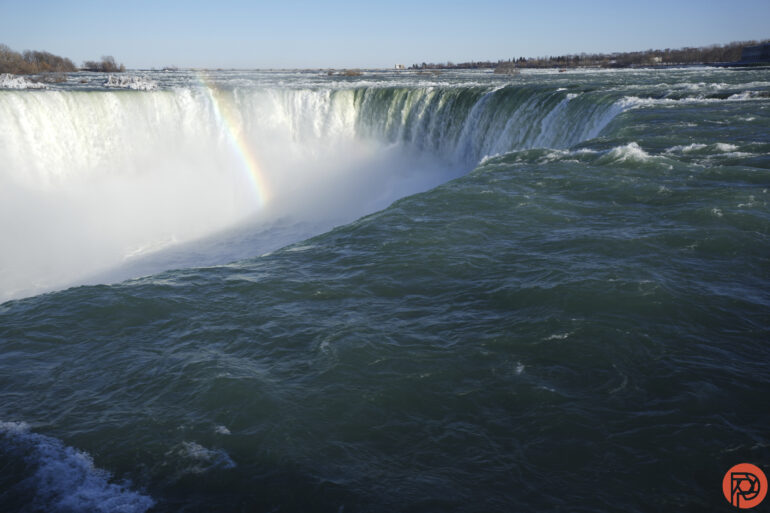
Sony’s lenses are known for being tack sharp — but I don’t think photographers will find much to complain about with this Sigma, either. Subjects in the center have crisp, solid edges. The extreme corners aren’t quite pixel-peeping sharp, but I wouldn’t describe them as soft, either. Translation: Photographers can still place the subject toward the edges and get sharp shots (though more barrel distortion).
Extra Image Samples
From day one, The Phoblographer has been huge on transparency with our audience. Nothing from this review is sponsored. Further, lots of folks will post reviews and show lots of editing in the photos. The problem then becomes that anyone and everyone can do the same thing. They’re not showing what the lens can do. So we have a section in our Extra Image Samples area to show edited and unedited photos. From this, you can make a decision for yourself.
Unedited
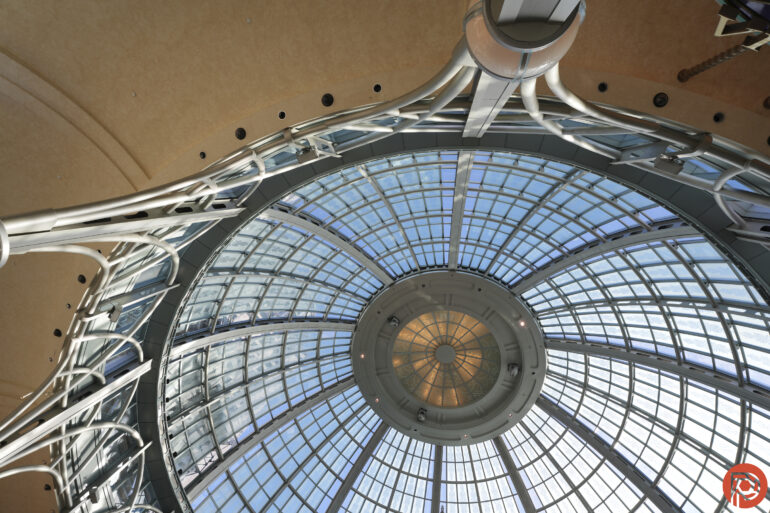
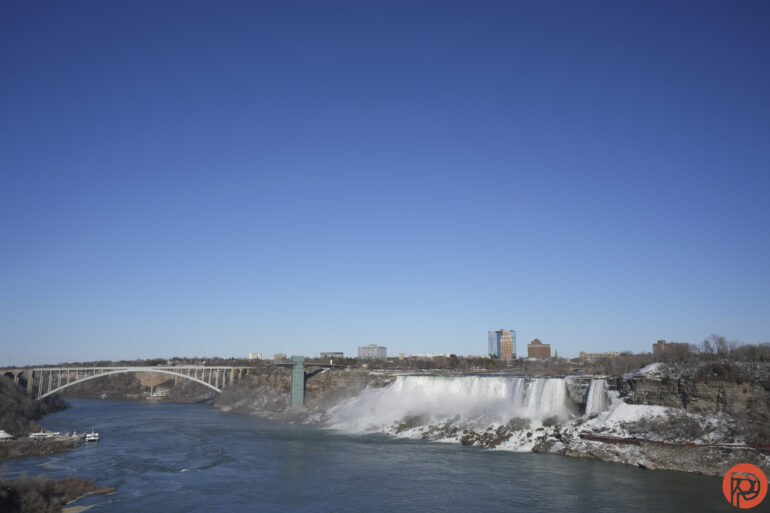
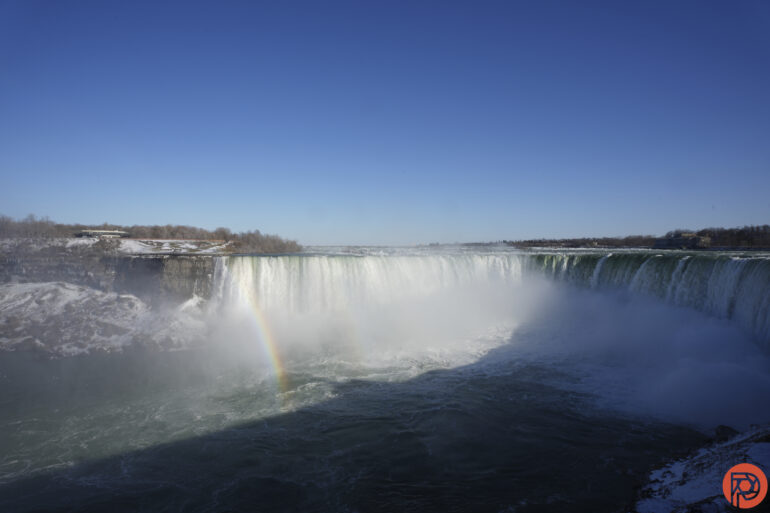
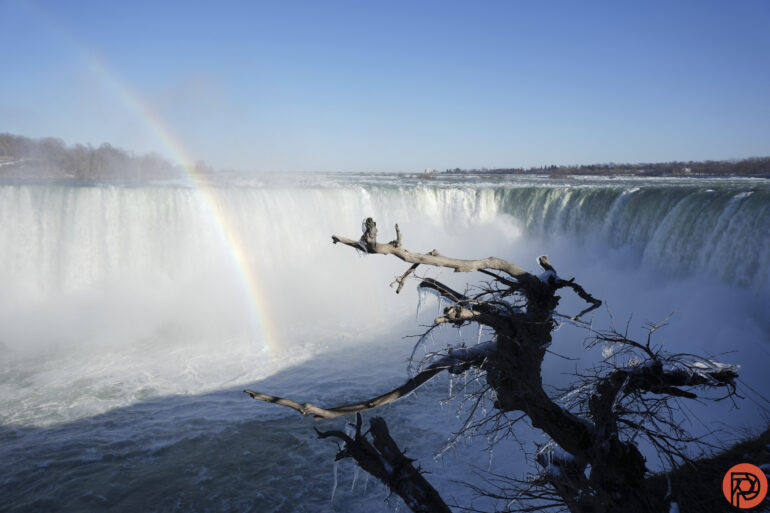
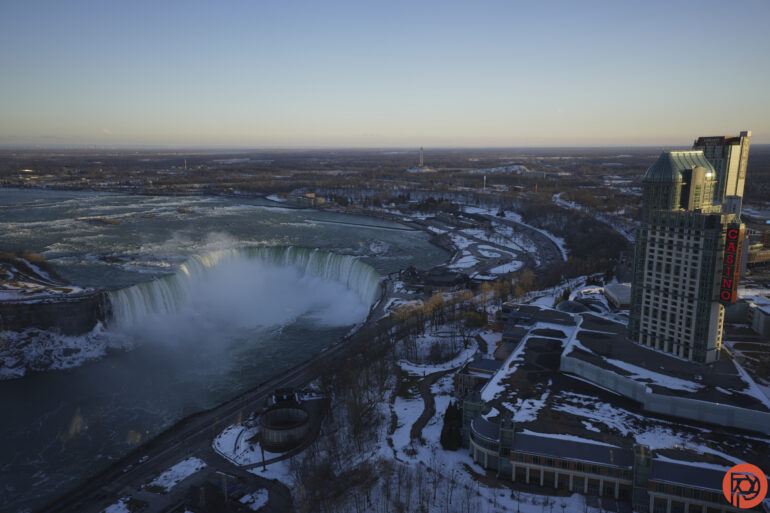

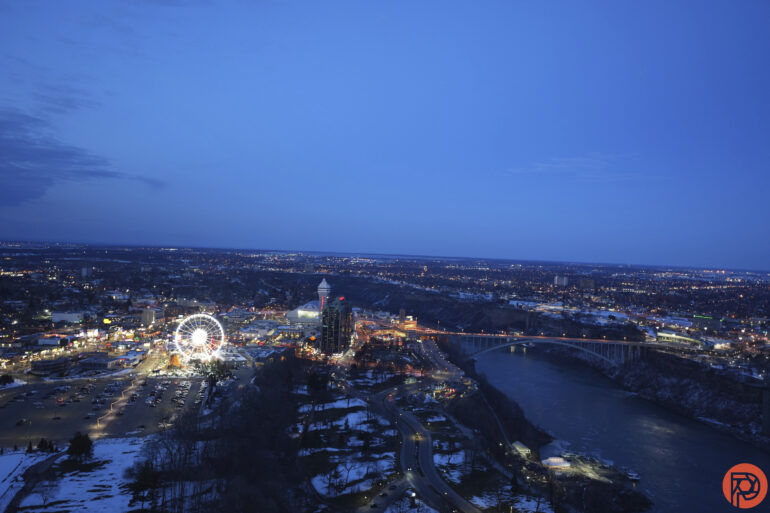
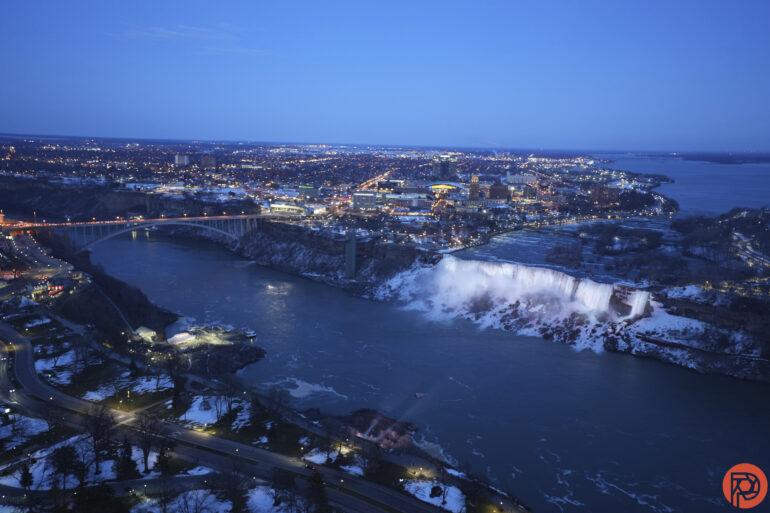
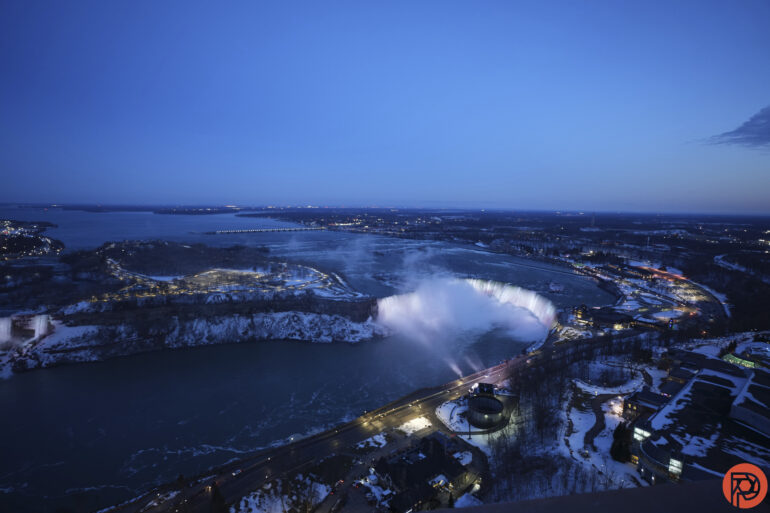



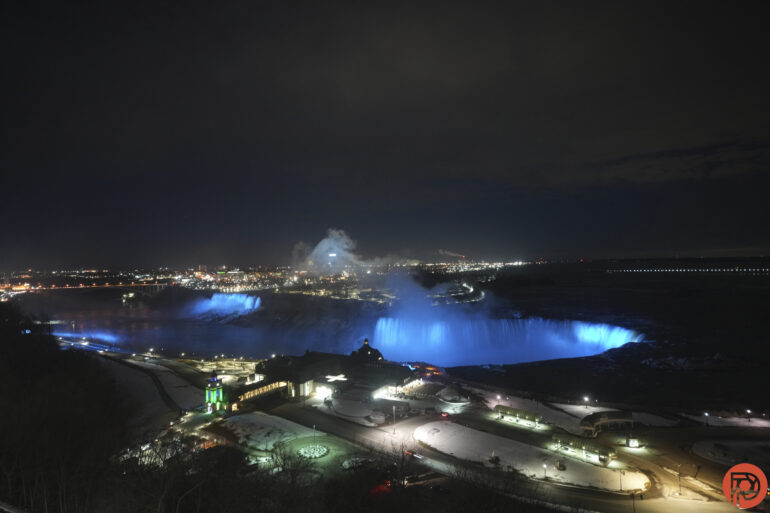
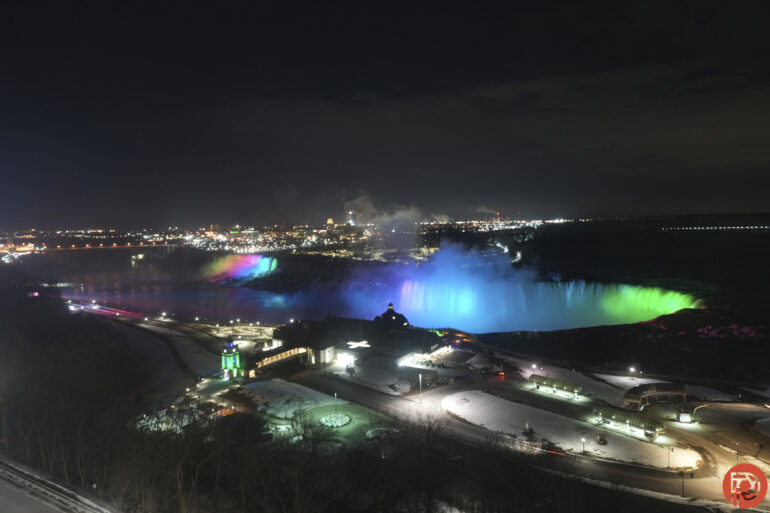




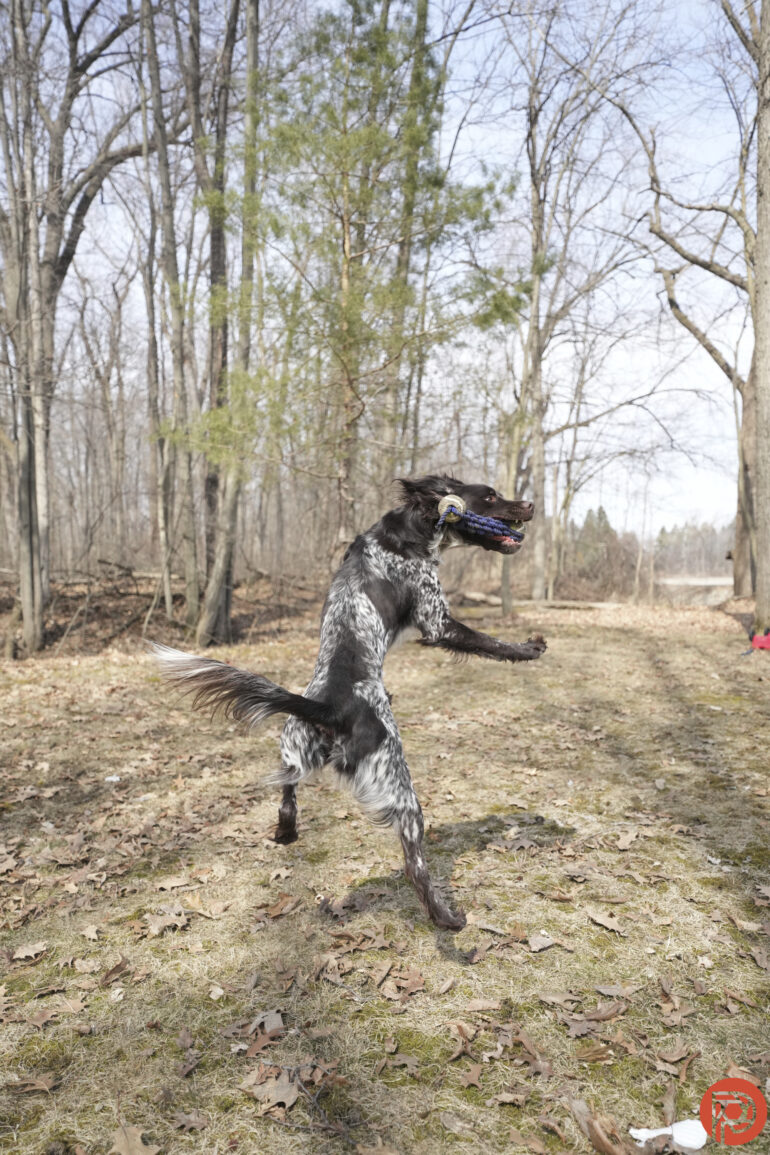


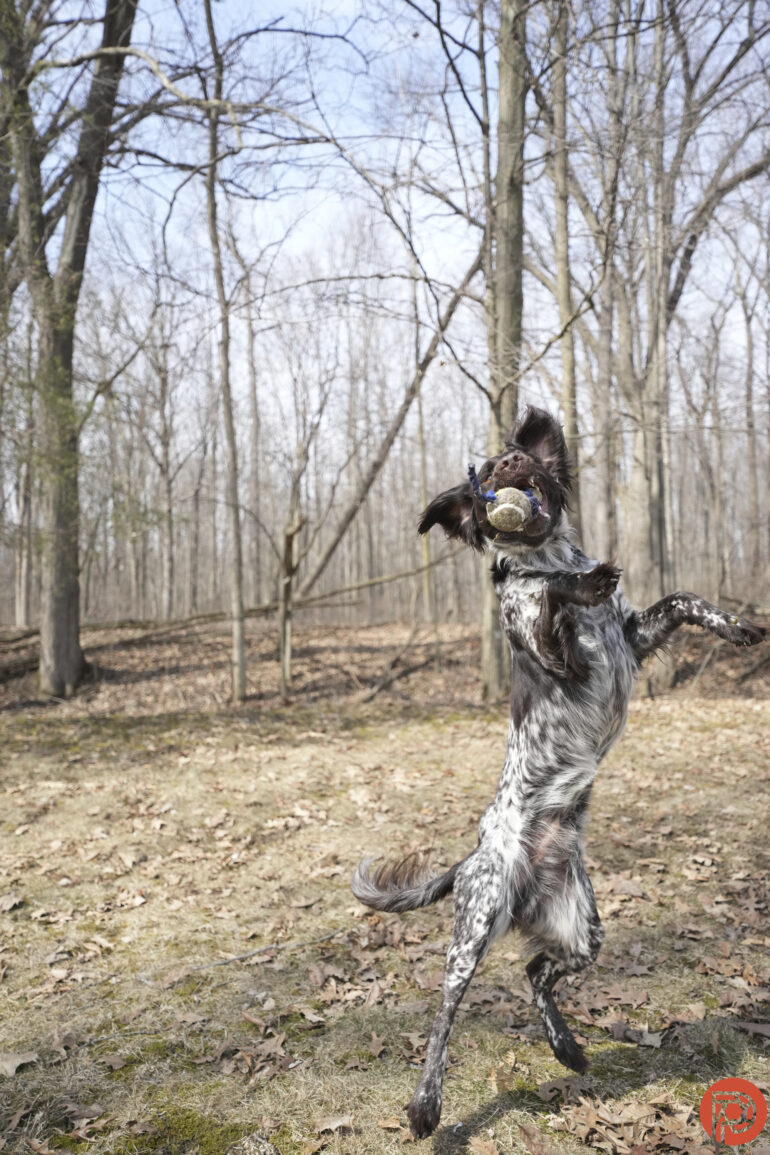
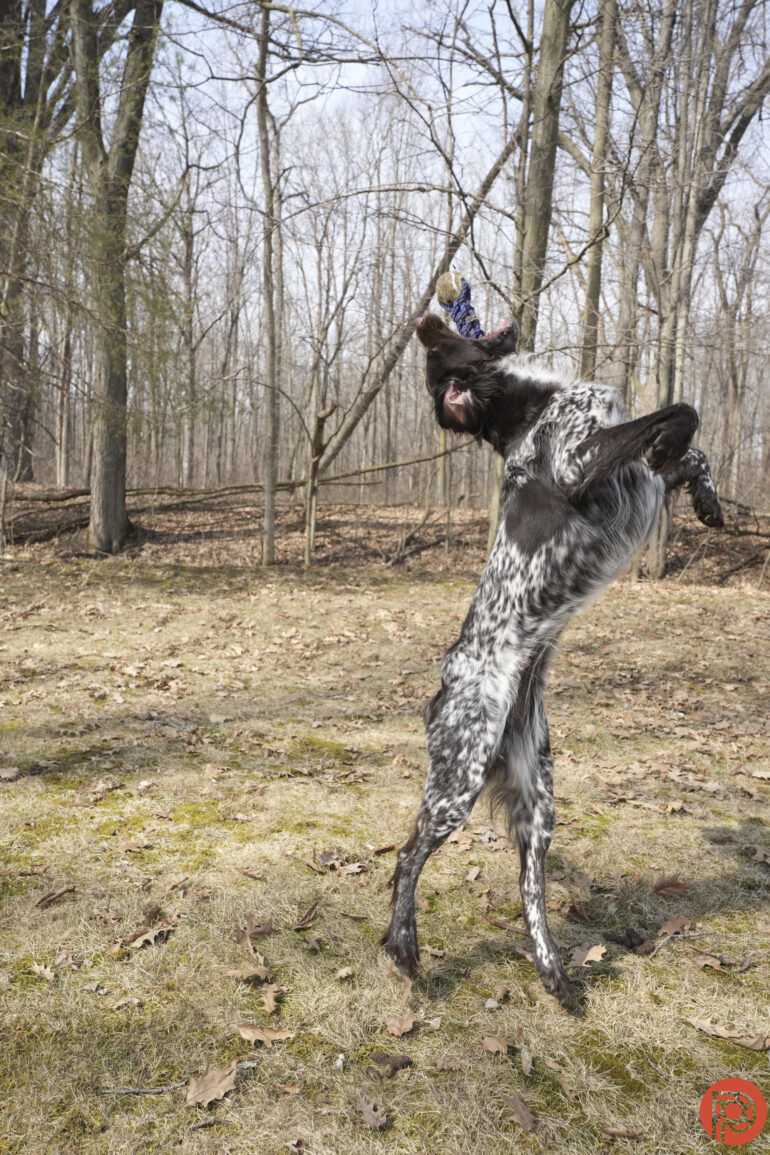
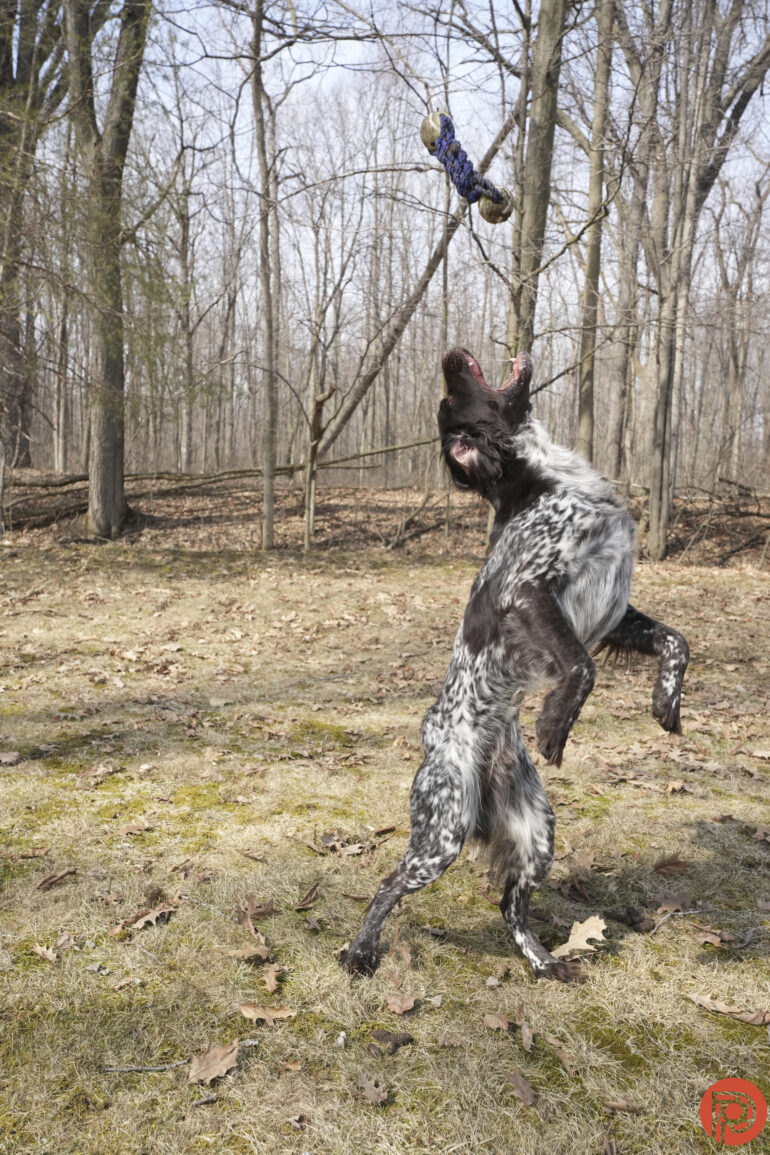
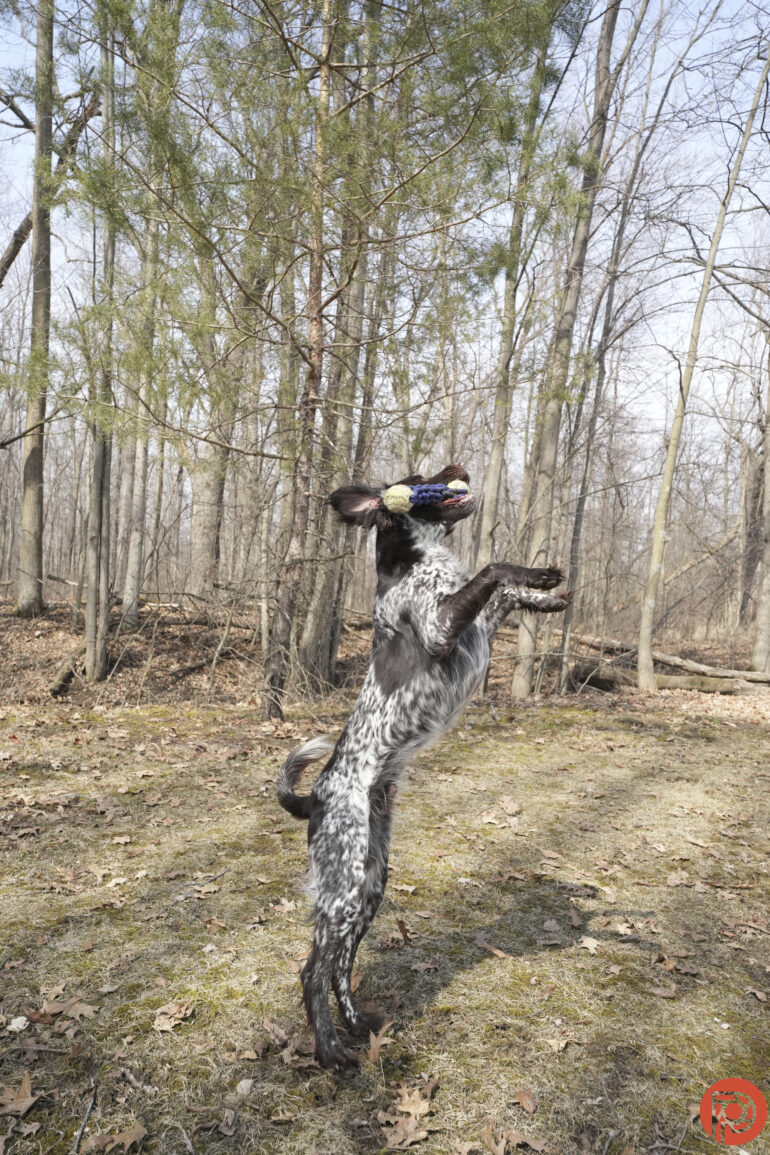
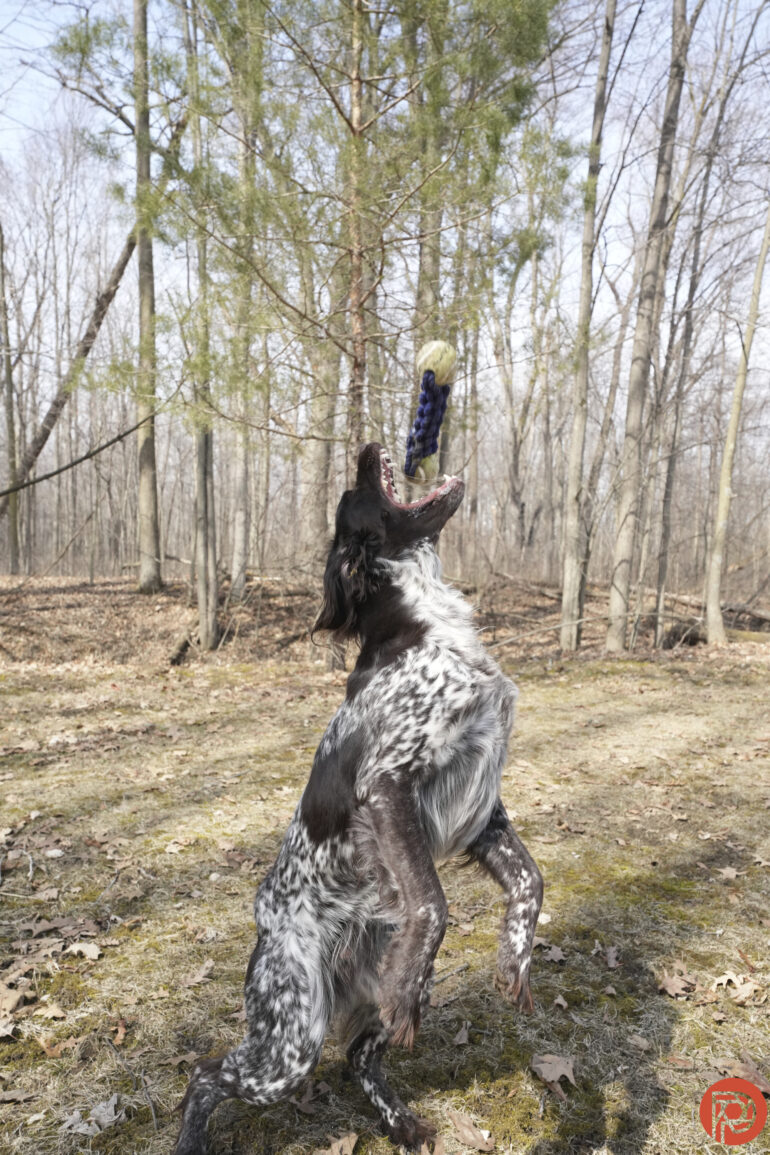
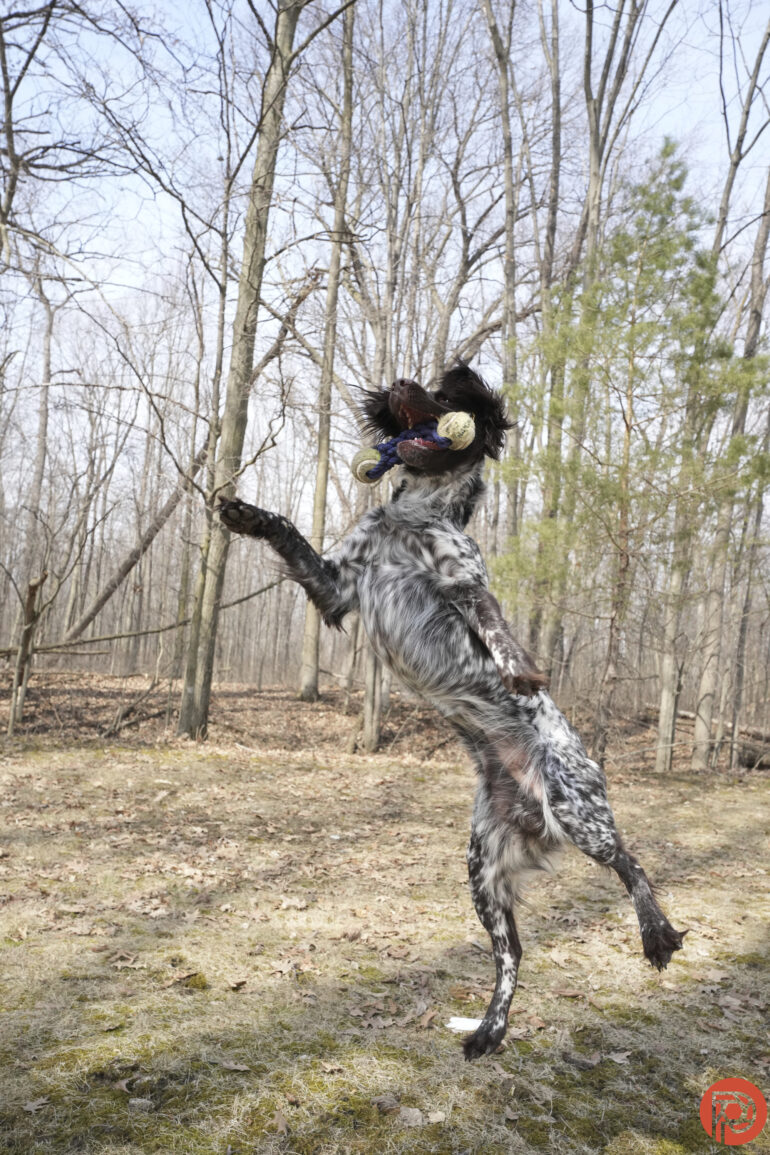


Edited
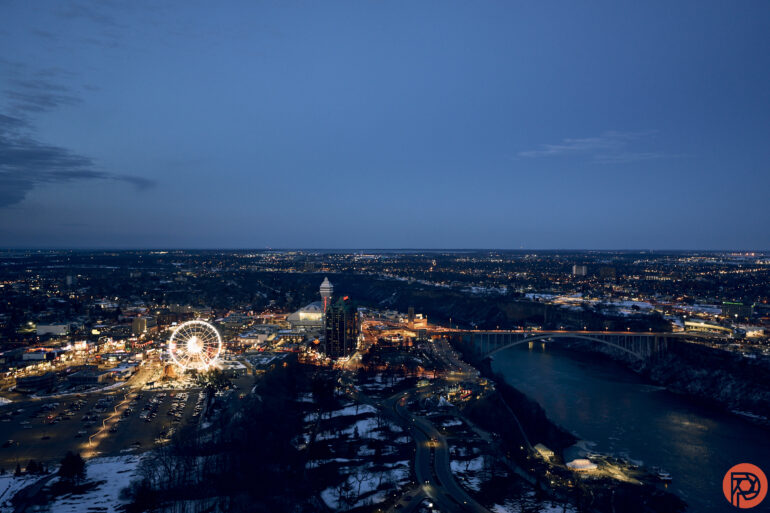
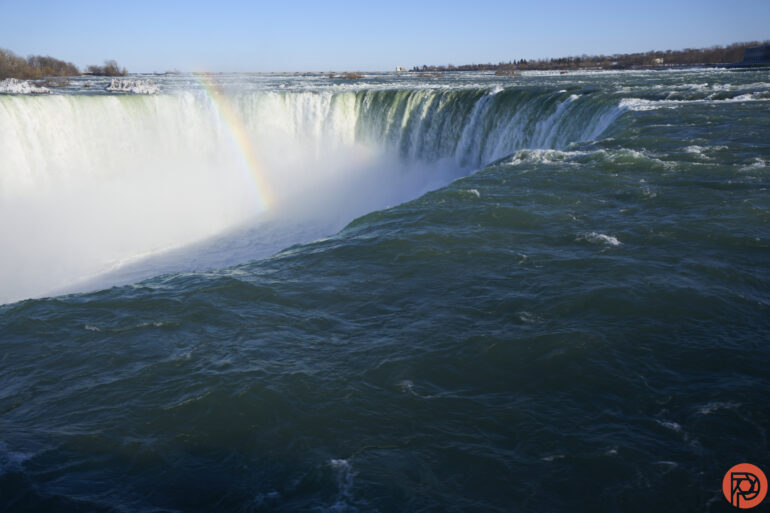
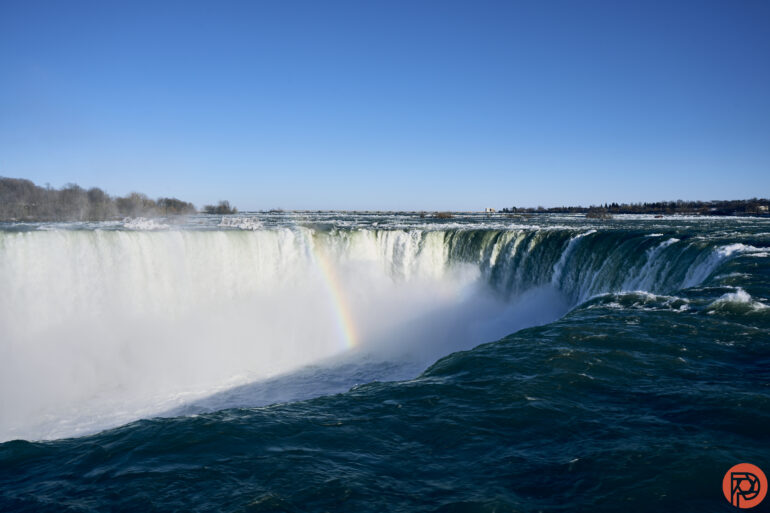
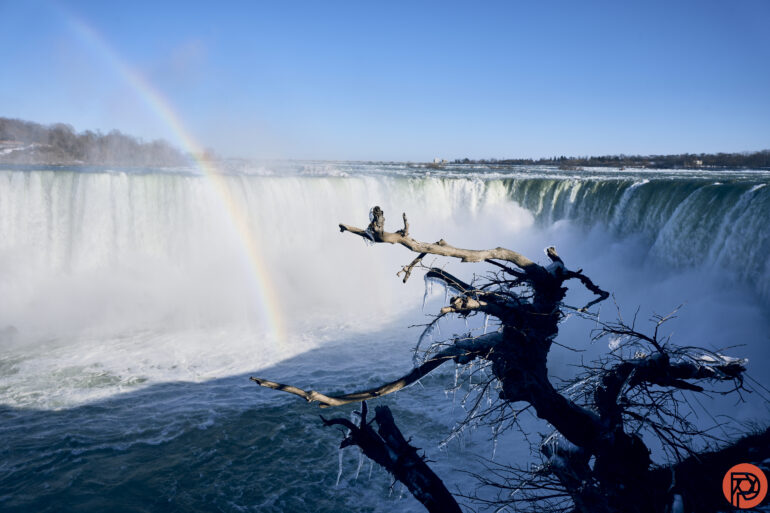
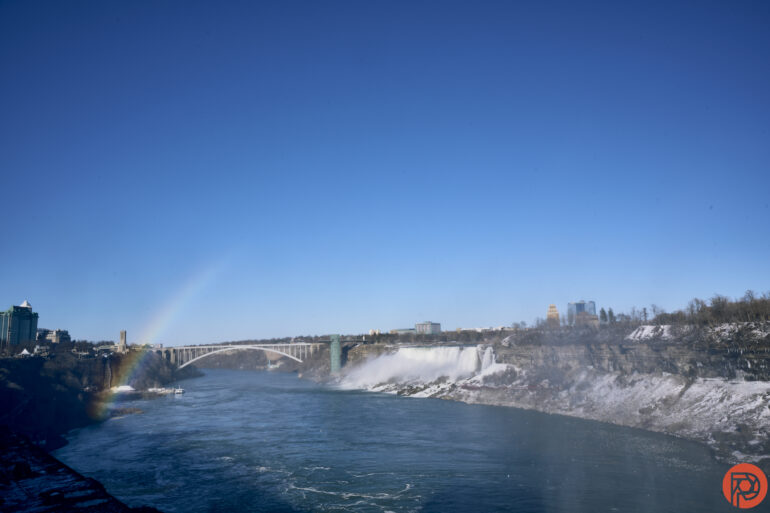
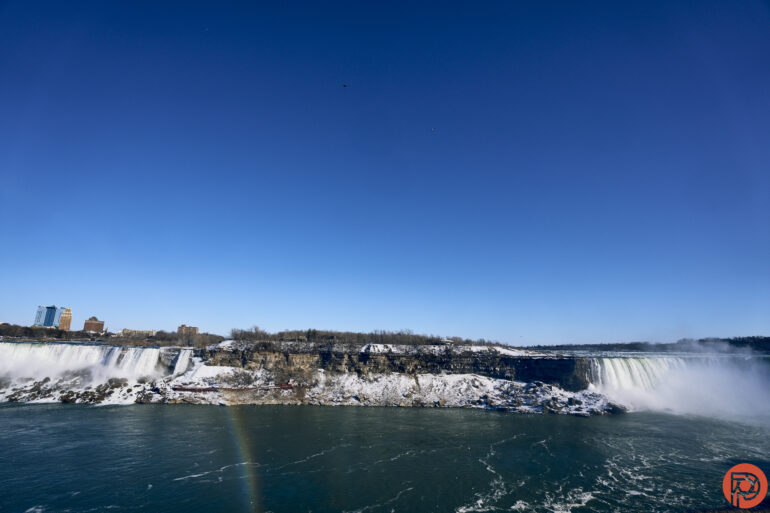
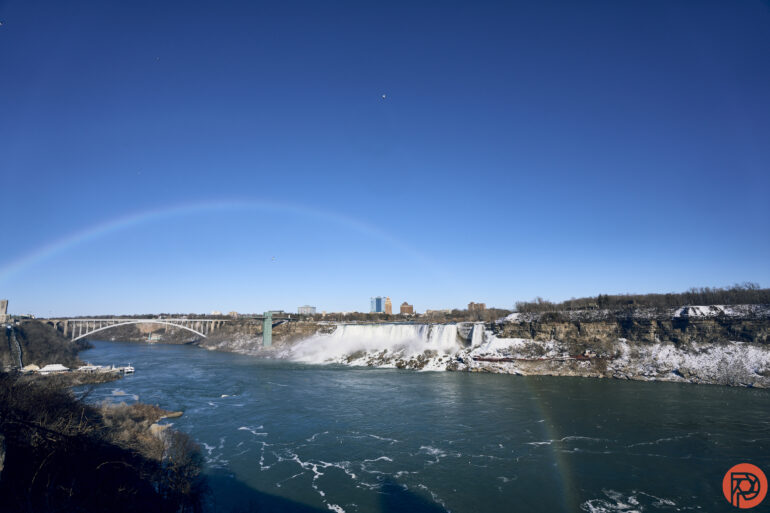
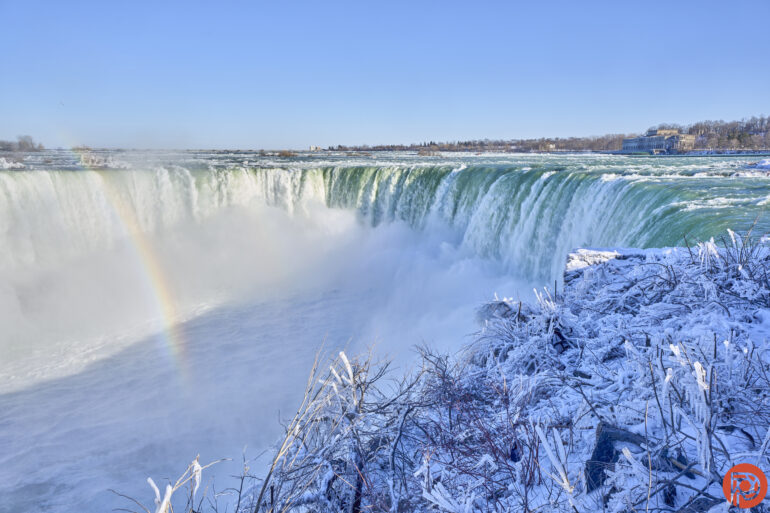
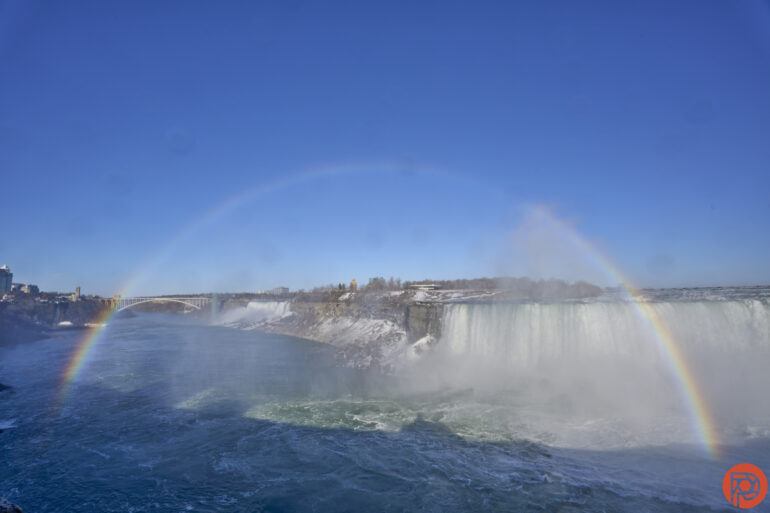
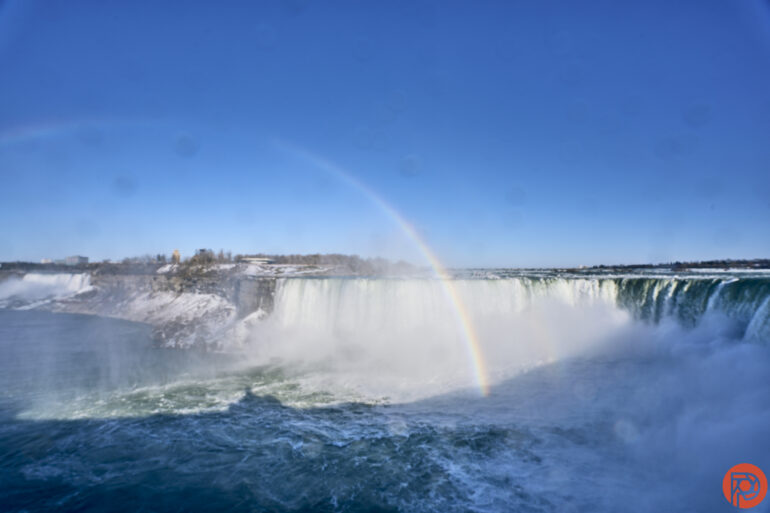
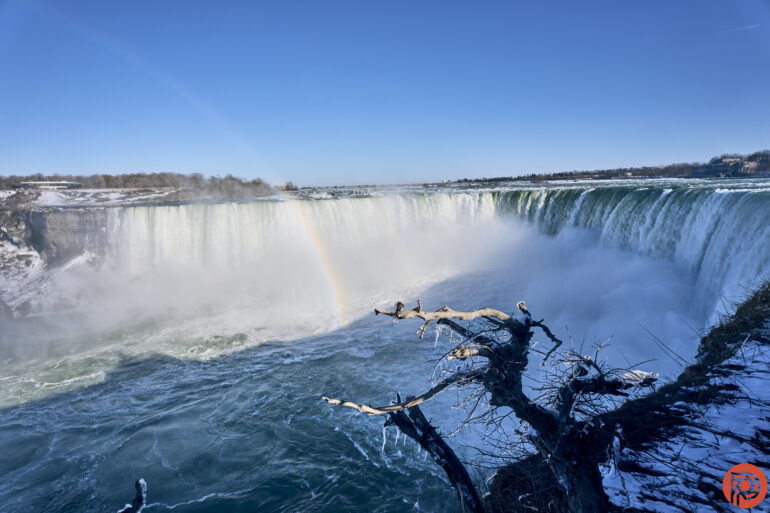
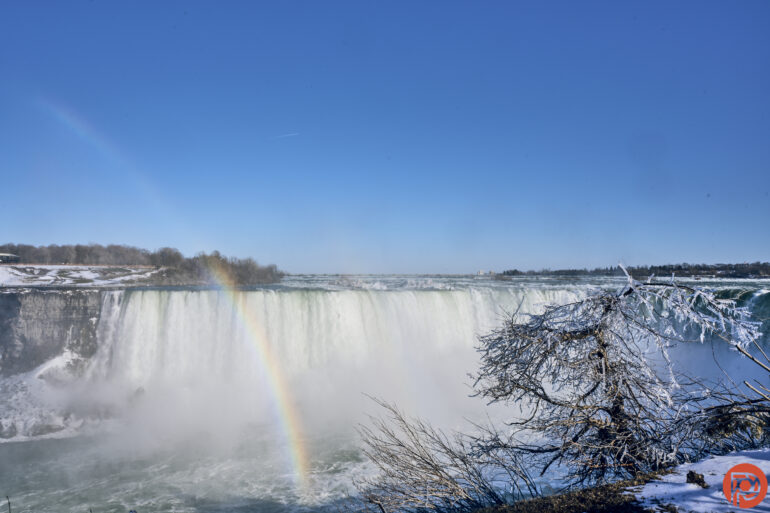
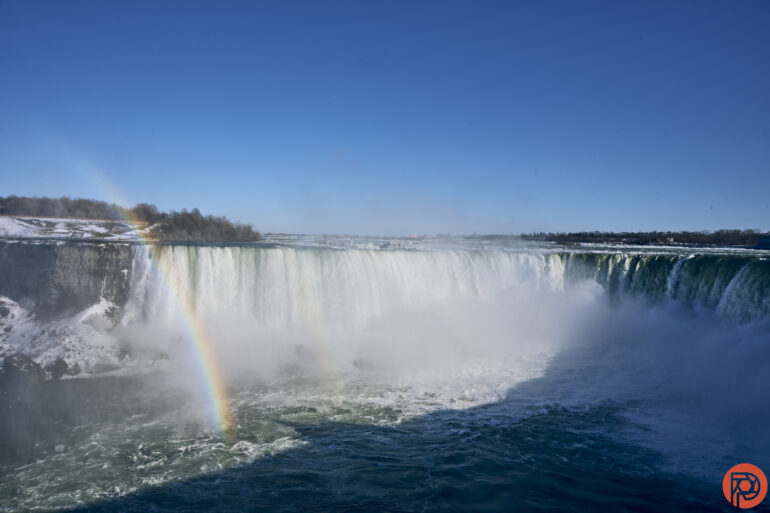
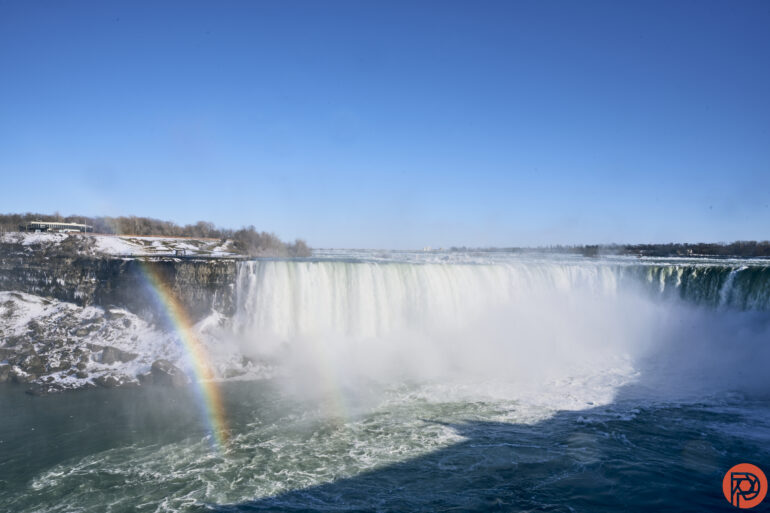
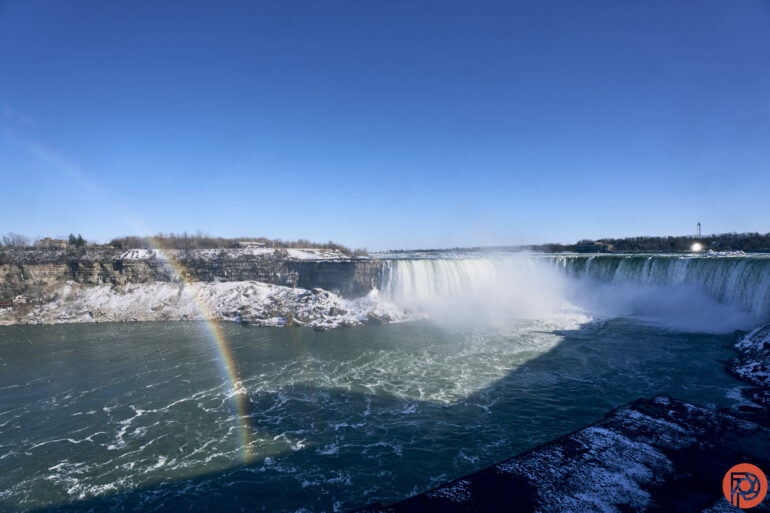
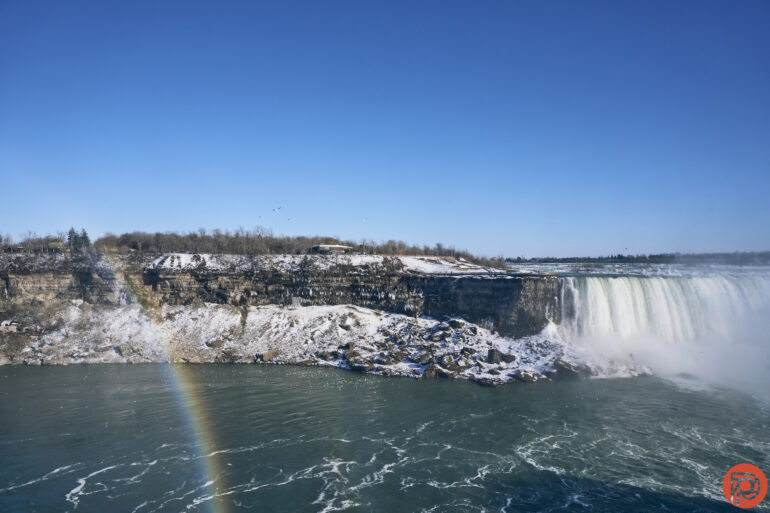
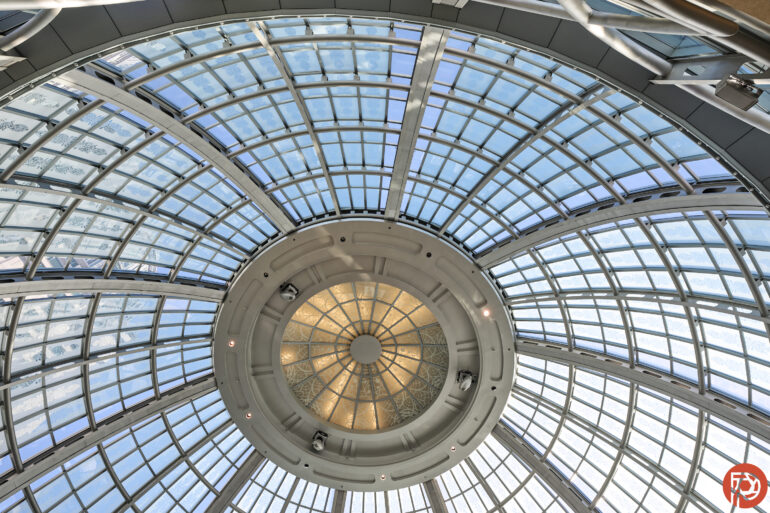

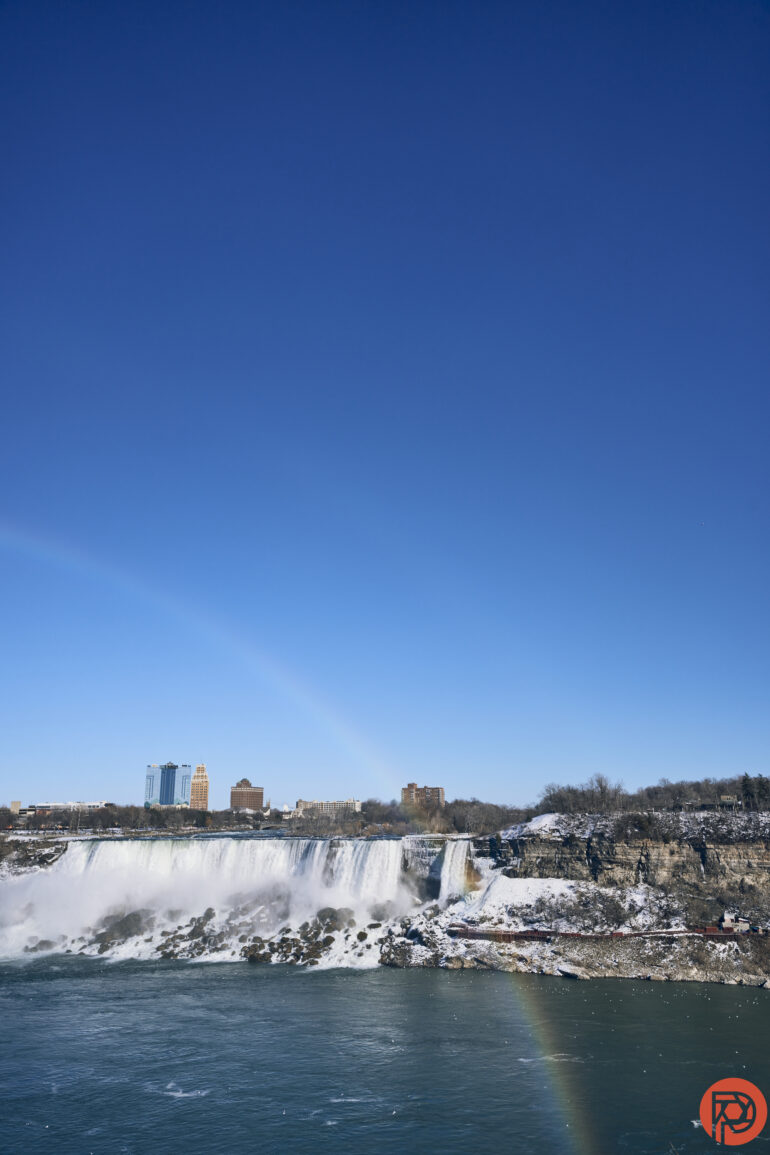
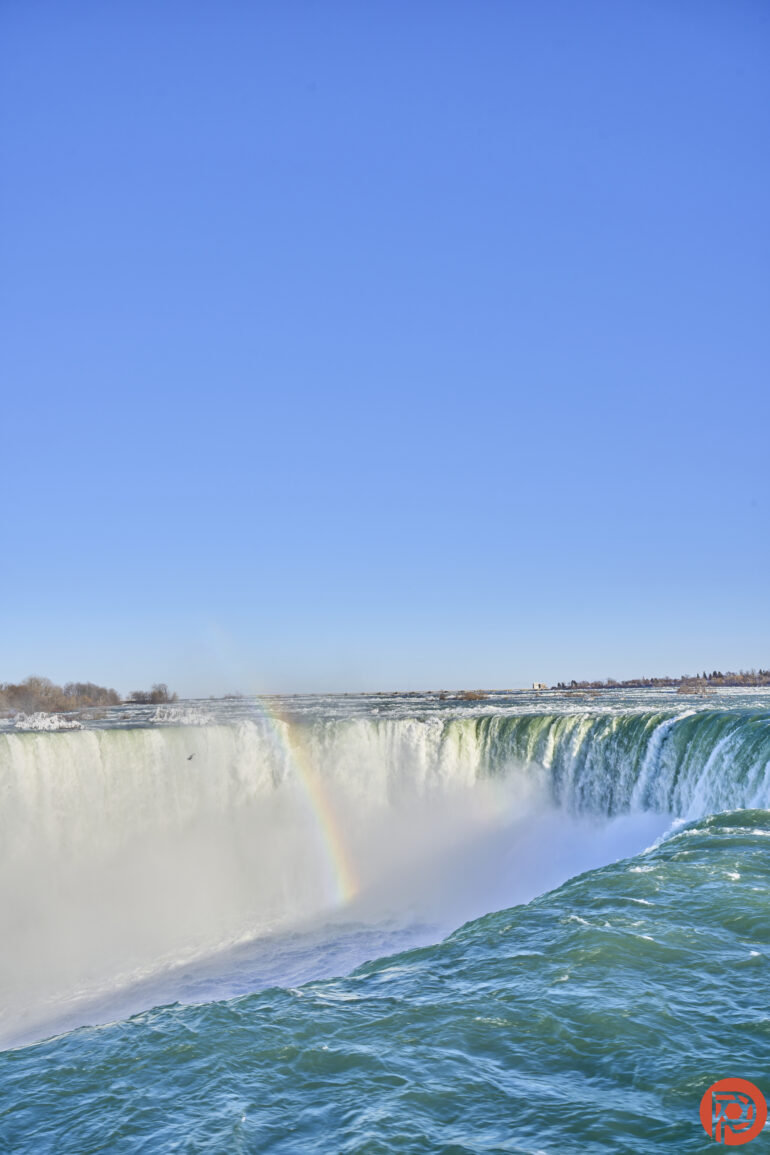
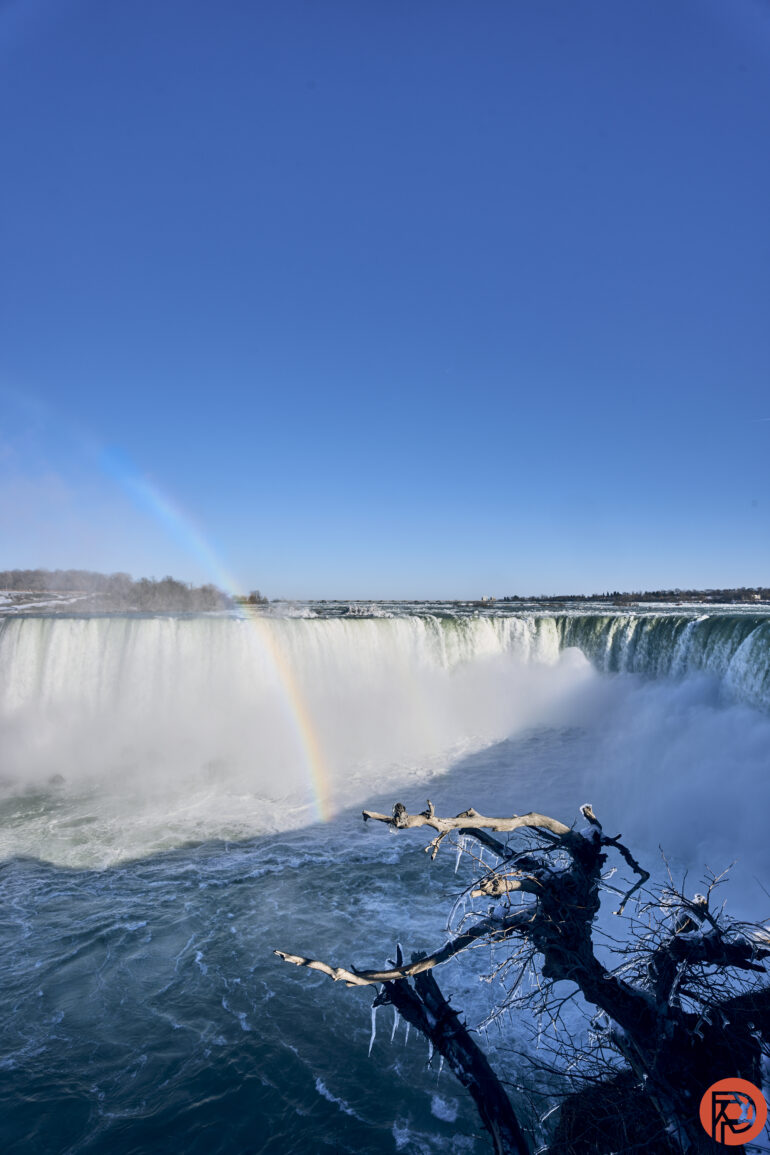
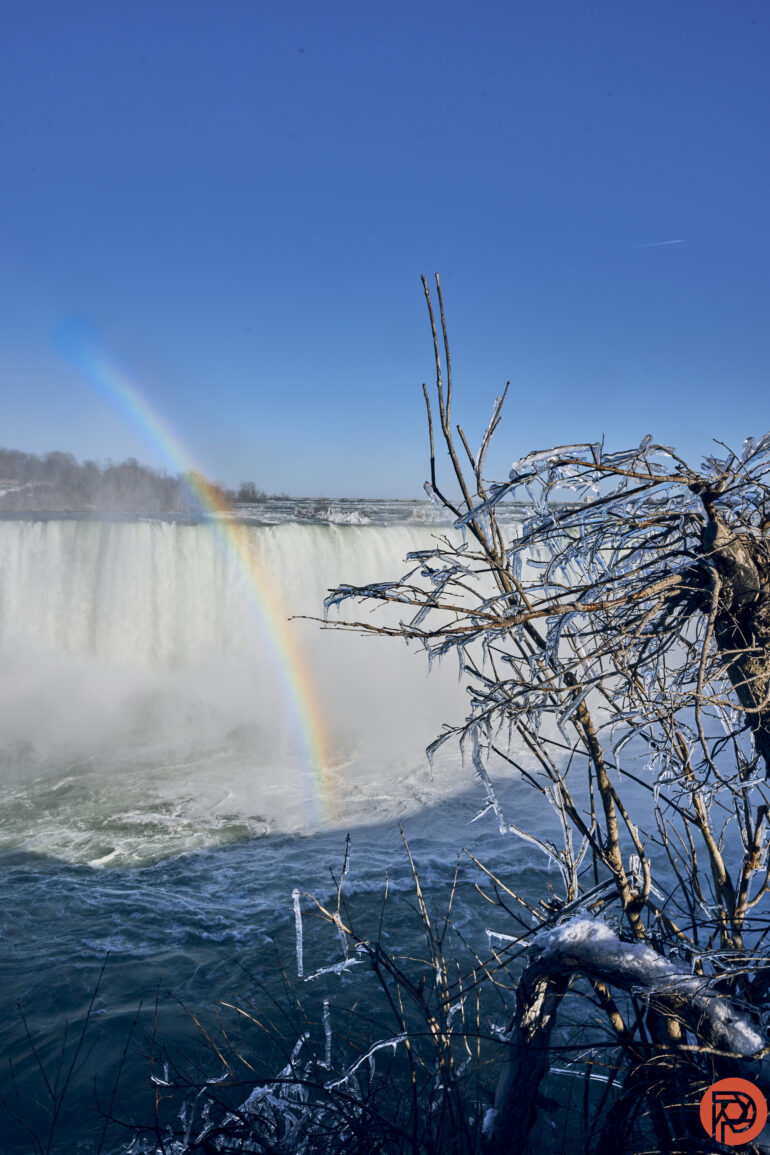
Who Should Buy It?
If you prefer whimsical character over pixel-peeping perfection, buy the Sigma 16-28mm f2.8 DG DN. The lens has a great mix of character vs. sharpness, size vs. price. It’s a good deal more affordable than a G Master or, on the L-Mount, Panasonic’s f4 wide zoom.
However, landscape and architectural photographers craving straight lines may want to keep saving and skip the Sigma. Character to one photographer is something to edit out in post to another. The other potential reason to skip? The weather-sealing is at the mount only, so this lens may need professional dust cleaning down the road. The other downside is that the Sigma doesn’t reach as far as the more standard 16-35mm, though that’s less of an issue if you already have a 24-70mm.
Want one? Check it out on Amazon.
Tech Specs
LensRentals lists the following specifications for the Sigma 16-28mm f2.8 DG DN Contemporary:
- Angle of View: 107° to 75.4°
- Autofocus: Autofocus
- Brand: Sigma
- Compatibility: Crop and Full Frame
- Filter Size: 72.0mm
- Focal Length: 16.0-28.0
- Hood Included: Yes
- Image Stabilization: No
- Item Type: Lens
- Lens Type: Wide Angle
- Macro Reproduction Ratio: 1:5.6
- Max Aperture: 2.8
- Mfr. Model Number: 206965
- Minimum Aperture: 22.0
- Minimum Focusing Distance: 0.8feet
- Mount: Sony E
- Optical Design
- Groups/Elements: 11/16
- “F” Low-Dispersion Elements: 5
- Aspherical Elements: 4
- Aperture Blades: 9, Rounded
- Physical Dimensions (ø x L): 3 × 4″
- Weight: 1.0 lb.
The Phoblographer may receive affiliate compensation for products purchased using links in this blog posted.


